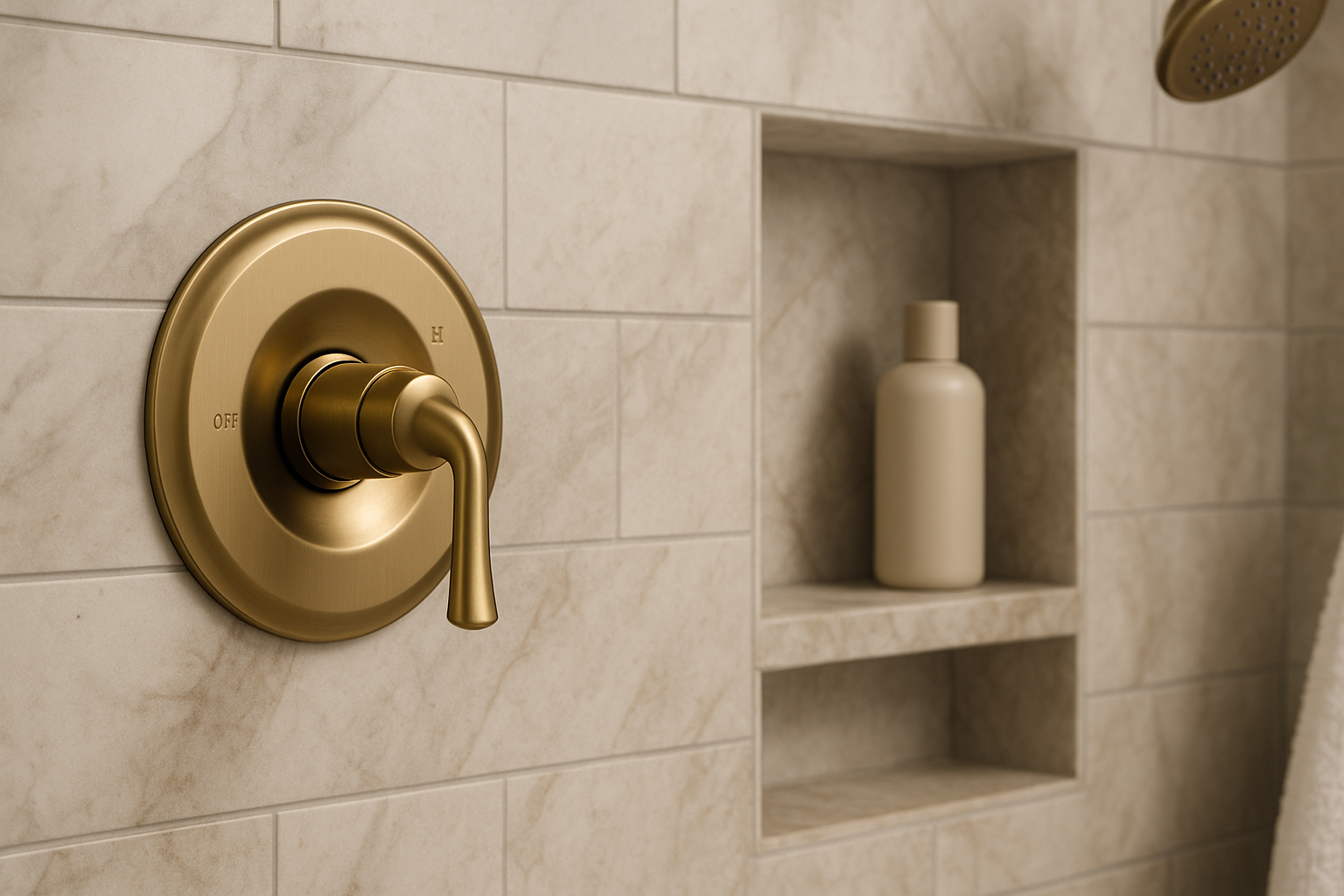Departments
Departments
Door Hardware
Door Hardware
Door Hardware
Door Hardware
Door Hardware
Door Hardware
Door Hardware
Door Hardware
Door Hardware
Door Hardware
Door Hardware
Door Hardware














































































































